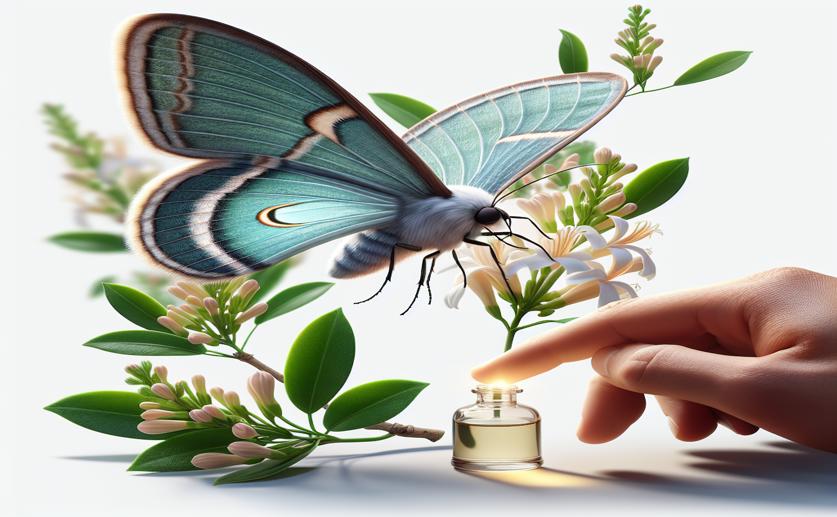
Discovering the Scent Sensor for Camphor in a Moth Species
Greg Howard
25th January, 2024

Image Source: Natural Science News, 2024
References
Main Study
1) The Odorant Receptor Recognizing Camphor in a Camphor Tree Specialist Orthaga achatina (Lepidoptera: Pyralidae).
Published 24th January, 2024
https://doi.org/10.1021/acs.jafc.3c08877



 21st January, 2024 | Greg Howard
21st January, 2024 | Greg Howard